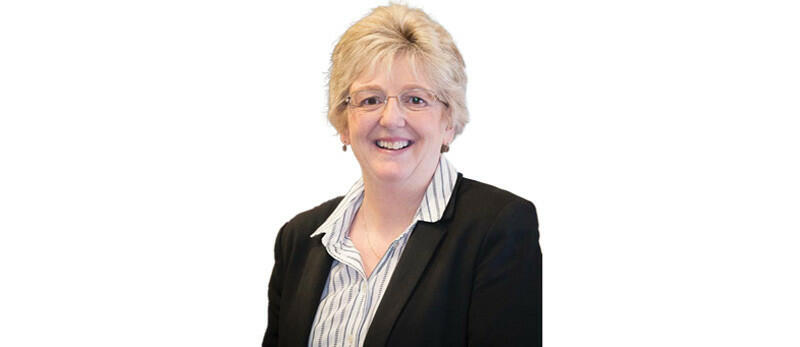ATT Welcome: Decades of change

Hello and welcome to the Deputy President’s page for November.
I have recently attended two events where there were displays covering decades of history.
The first was in my village, where we looked back over the past 100 years of the village’s various clubs, societies, church and local school. It was really fascinating looking at all the changes that had taken place and spotting known faces from old photos.
Then there was the Joint Presidents' Reception held at the Design Museum. Simon Groom and Gary Ashford thanked ATT and CIOT volunteers for their work and presented certificates of appreciation. We were then invited to view the special exhibition celebrating 30 Years of London Fashion. We enjoyed being fashion critics and creating images of ourselves on the interactive screens.
This had me thinking about how working in tax and accountancy has changed over the last, say, 40 years – not so much the legislative changes but how we perform our tasks and the equipment we use.
Who can remember using manual ledger books, which would then be passed to the data processor to input the figures into a basic computer system from a terminal connected to a mainframe computer? Communication with clients would be by telephone or fax machine. There were mobile phones from the early 1980s – but as these were the size of bricks, mobile was probably a misnomer. Client files took up huge amounts of physical storage space.
It would be the mid-1980s or early 1990s before every worker had access to a PC. Spreadsheets were revolutionary and accounting software became more readily available. Dot matrix printers caused many a headache and would frequently spew out reams of paper with random symbols and characters for no discernible reason. Laptops were prohibitively expensive and space was required for the computer tower and large monitor. Software was uploaded from floppy discs – first 5¼ inch and then 3½ inch.
From the early 1990s, dial up internet became available. Most firms only had one email address – which was no problem as most clients did not use it. There was no constant pinging of the Outlook inbox.
By the late 1990s, we had mobile phones with basic games but we were still pretty safe from being available to clients at all hours. The onset of the year 2000 saw us all concerned about the ‘Millennium Bug’ and that planes would fall out of the sky! Computers became more compact, as we used CDs for storage and desk jet or laser jet printers became the norm.
The first income tax return was filed online on 3 July 2000. HMRC states that over 38,000 returns were filed online by 31 January 2001. (To put this in context, 11.7 million returns were filed online by 31 January 2023.)
The early 2000s brought the introduction of Wi-Fi – and along with that, the ability to be constantly online.
From then on, things move quickly: 3G networks in 2001; the first iPhone in 2007; and 4G in 2009. Computer towers become narrower as memory sticks replace storage discs. Software is downloaded as internet connections become faster. 5G arrives in 2019 and most storage is now cloud based, while offices are virtually paperless. Flat screen LCDs replace the chunky monitors and we now have two or three screens to work from at a time. Laptops are used in preference to desktops, enabling ‘working from home’ to become the norm. We hold online meetings and share data via portals.
So where do we go next? Artificial Intelligence (AI) is the next big change and is moving apace. Exam providers are rethinking their online exam offerings or changing their question format to restrict the effective use of AI chatbots. Plagiarism software is being enhanced.
There is some concern among the profession that AI will eventually lead to job losses. Throughout history, as technology advanced, this has always been a concern. However, there is currently a shortage of tax and accountancy staff and if AI could take away some of the repetitive and laborious tasks such as information gathering and data input, staff would be freed up to become more proactive advisors. While tax remains anything but simple there will continue to be the need for a thinking human interface to confirm that the correct amount of tax is being paid.
A final word of comfort. When ChatGPT was told that it takes three hours to dry three towels, and asked how long it would therefore take to dry nine towels, it declared that it would take nine hours! Those of us working in tax are used to change and adapting – and I think we are safe for a good few years yet!


